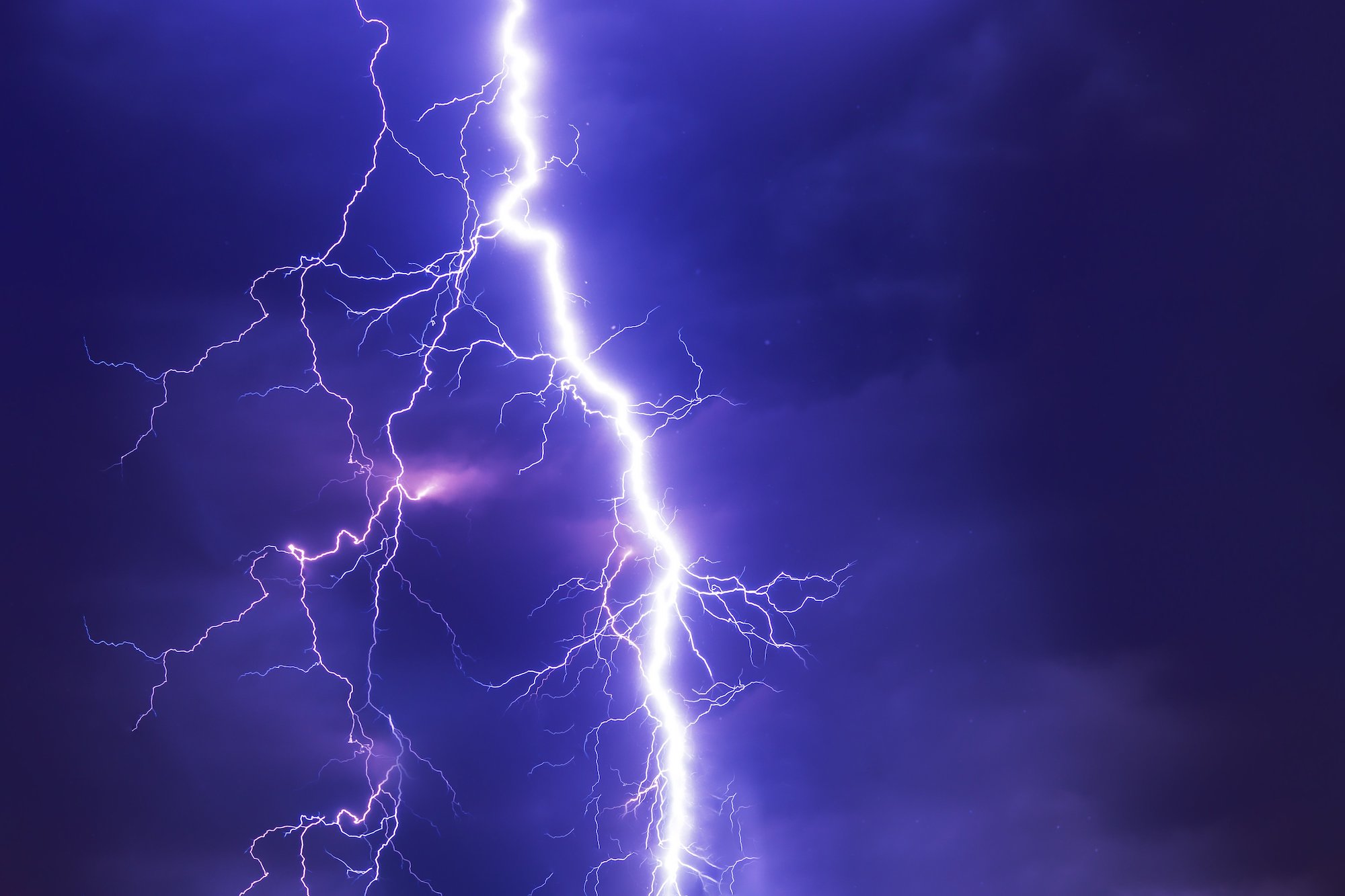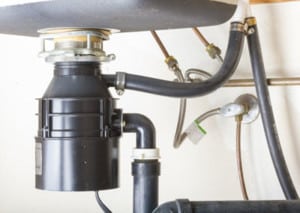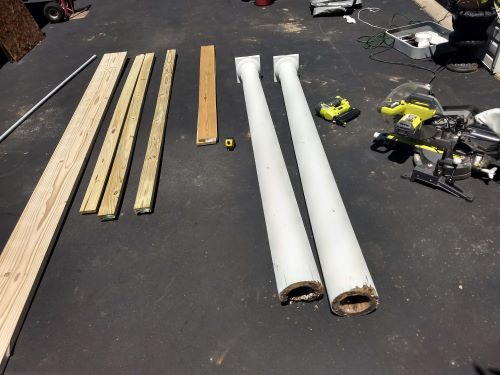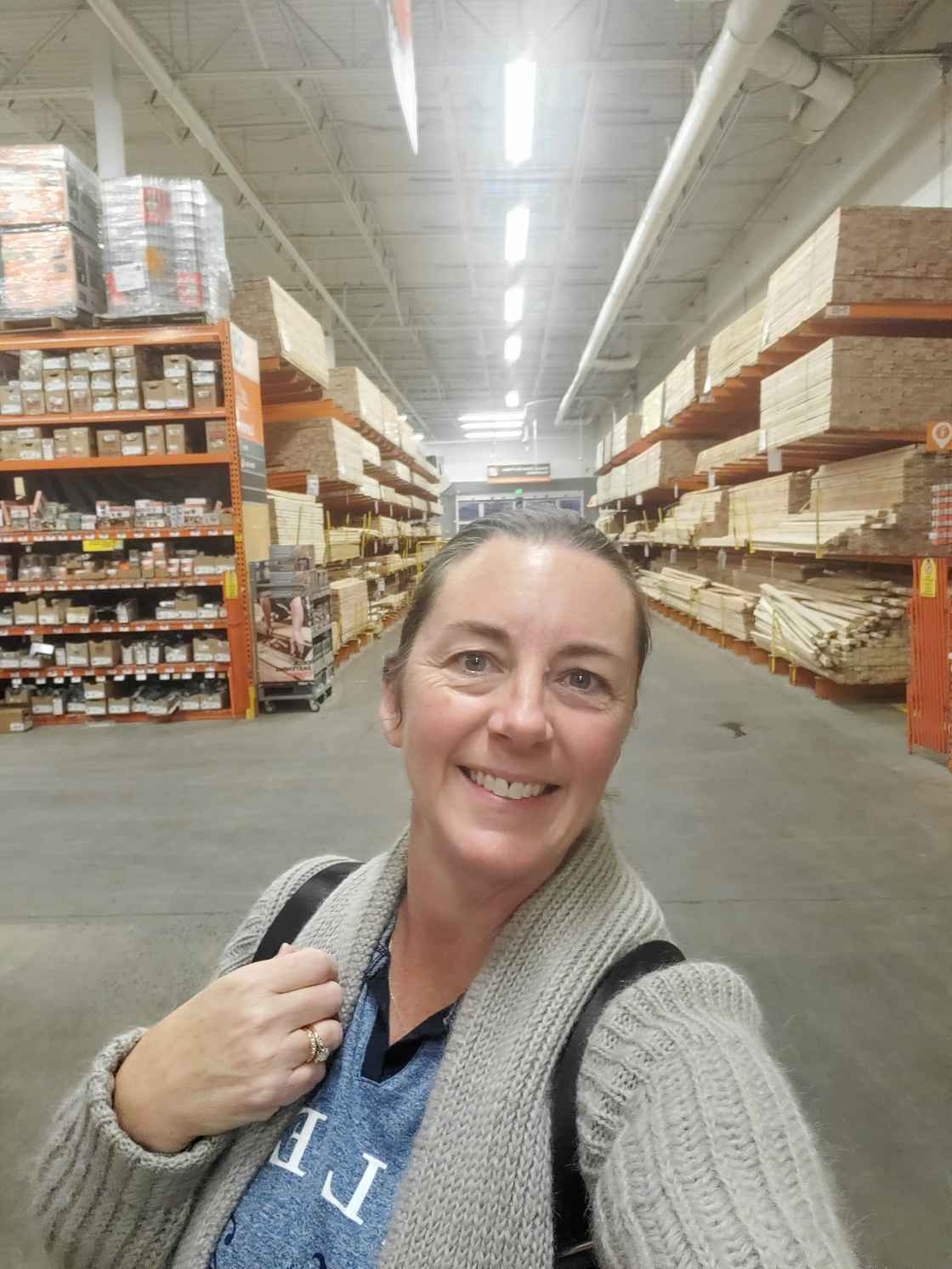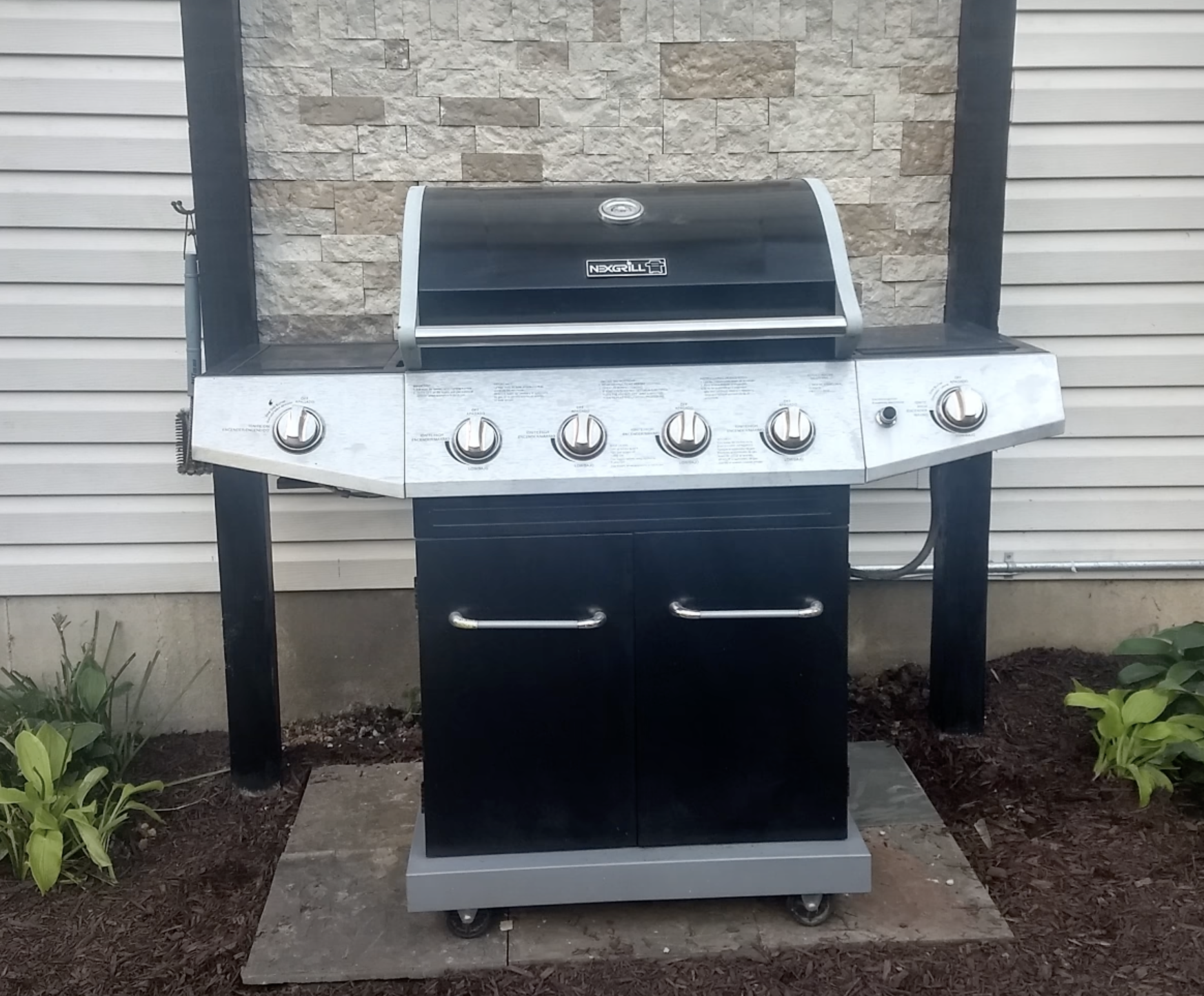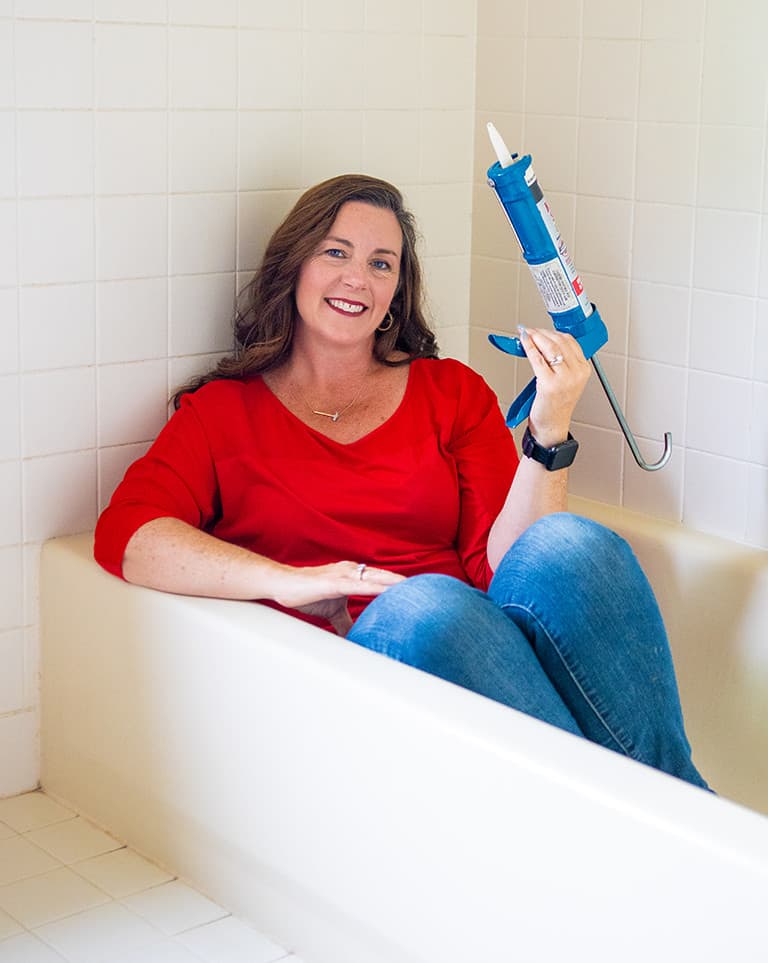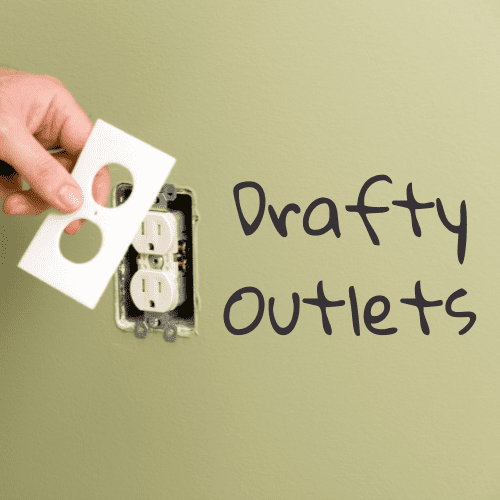UGH! When the power goes out in your home, does your first thought go right to the fridge? Many of us panic at the thought of losing all our perishables. No one likes to deal with the smell, the drippy mess and the money that is literally thrown out when the power fails as the fridge and freezer get warm. Many of us, after SuperStorm Sandy in 2012, invested in generators. But if you cannot afford that luxury, you need to know some simple,affordable ways to minimize food loss and understand the guidelines for what is safe to eat. When prepping for a big storm, be smart and take a few steps to spare your fridge and freezer from a total post-power loss purge.
Refrigerator:
- Invest in a thermometer; the refrigerator temp should be between 32 and 40* F.
- A packed fridge will keep colder longer than an empty one. To pack your fridge, without risk of losing food items, place a few gallon jugs of water inside.
- Store dairy and meat on lower shelves, just above veggie crisper bins. These shelves stay cooler.
- Store perishables items deep into the back of the fridge.
- Warm air rises, so store items that can tolerate warm air up high; jams,mustard, etc.
- Avoid keeping highly perisbable food on the door shelves. This is the warmest part of the fridge.
- Place meats and milk in freezer to preserve them longer. Pack fridge with frozen gel packs, or tightly sealed frozen bags of ice.
- When power does go out – do not open the fridge.
- A full fridge is generally safe for up to 4 hours without power.
- Check the temperature as soon as power is restored. Be sure it is below 40* F.
[fusion_builder_column type=”1_1″ background_position=”left top” background_color=”” border_size=”” border_color=”” border_style=”solid” spacing=”yes” background_image=”” background_repeat=”no-repeat” padding=”” margin_top=”0px” margin_bottom=”0px” class=”” id=”” animation_type=”” animation_speed=”0.3″ animation_direction=”left” hide_on_mobile=”no” center_content=”no” min_height=”none”]
Freezer:
- Invest in a thermometer; the freezer temp should be under 32*F.
- Just like the fridge, your freezer will stay colder longer when tightly packed. Pack it with sealed bags of ice, or bottles of water. Be sure to leave room in bottles and bags for expansion so nothing bursts leaving water everywhere as it melts. Double bag for extra leak protection.
- Store meats and ice cream at the back of the unit and on lower shelves.
- Store bread, rolls and vegetables on upper shelves.
- When power goes out, do not open unit.
- You have 48 hr food safety window for full freezer and 24 hr for partially full unit.
- Check the temperature as soon as power is restored. Be sure it is no higher than 40*F for safety.
- If meat, poultry or fish have ice crystals present and are mainly still frozen you may refreeze or fully defrost and cook.
No one wants to throw away the contents of a fridge or freezer full of food, but no one wants to spend the night driving the porcelain bus. Remember, never taste food to check if it is spoiled. Bad meats and dairy may not smell bad or look bad even when they are contaminated. Here is a link to a great YouTube video on food safety from the FDA.
Of course we all remember mom saying, when in doubt, throw it out! Still pretty darn good advice.
